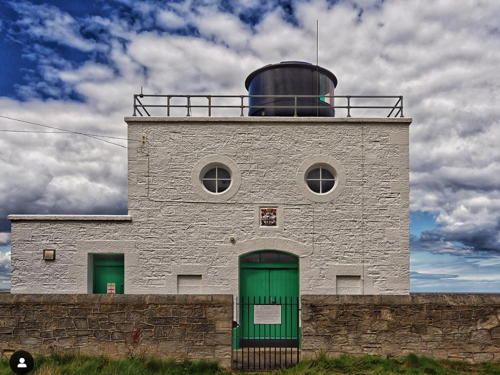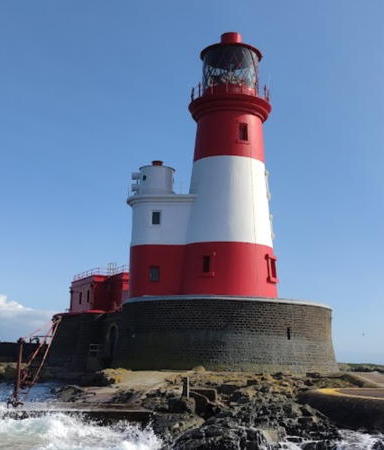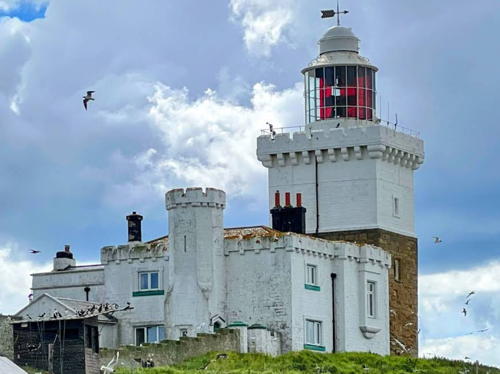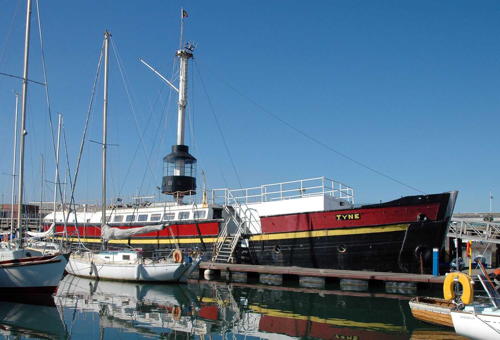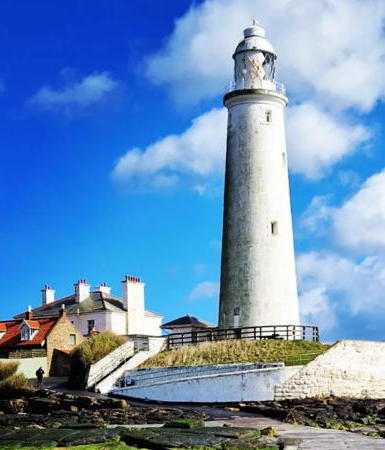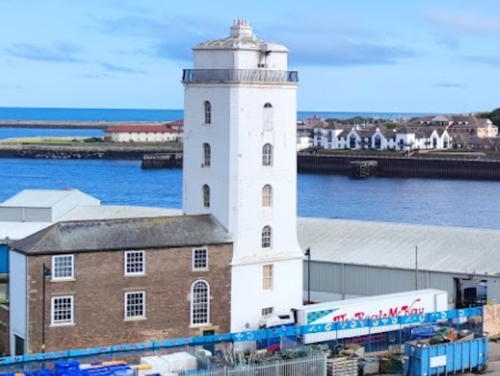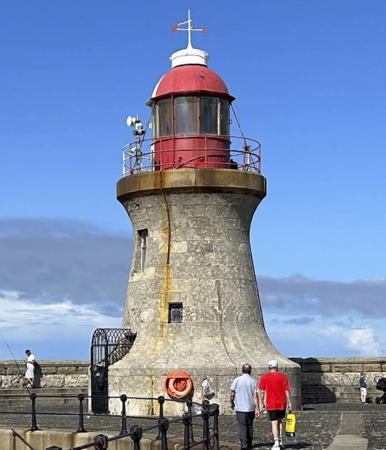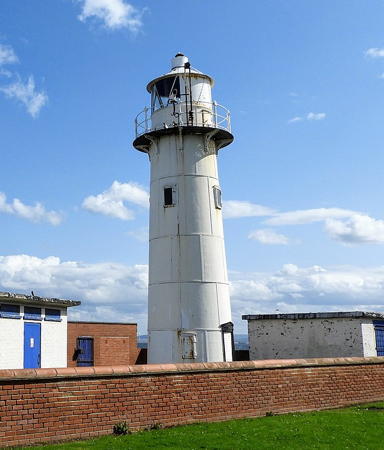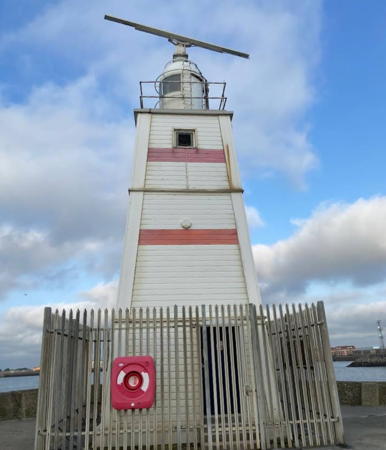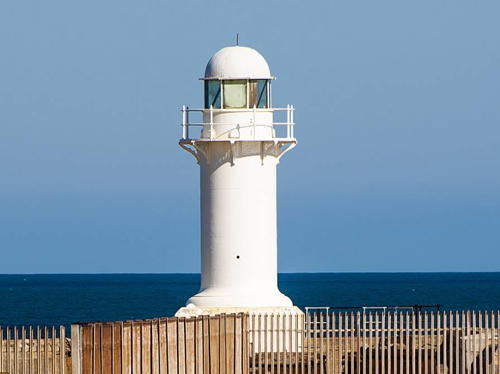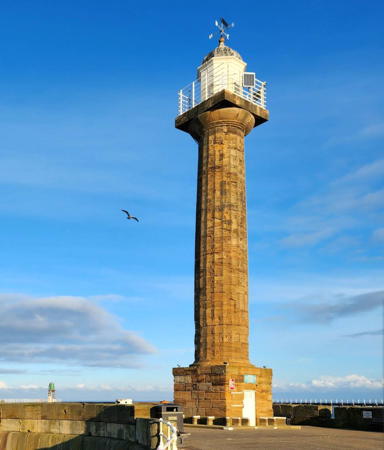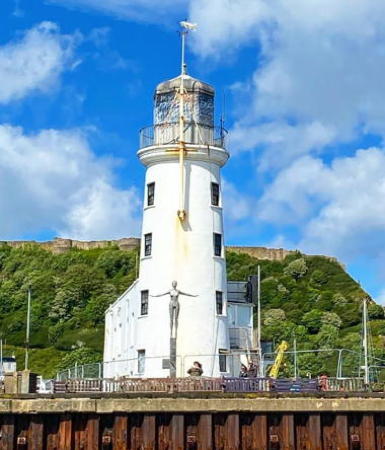The United Kingdom (officially the United Kingdom of Great Britain and Northern Ireland) includes England, Scotland, Wales, and Northern Ireland. England is the largest and most populous of the four, occupying more than 62% of the island of Great Britain and with a population of more than 57 million. Separated from the European mainland by the North Sea on the east and the English Channel on the south, it also has coasts facing the Celtic Sea on the southwest and the Irish Sea on the northwest.
Historically England was divided into 39 counties. The Directory pages are organized by the modern division of England into 48 ceremonial counties, also called lieutenancy areas because each one has a Lord Lieutenant representing the monarch in that area. For local government the ceremonial counties are subdivided in various ways into council areas.
This page covers lighthouses of the northeastern coast of England, north of Flamborough Head, including the ceremonial counties of Northumberland, Tyne and Wear, Durham, and North Yorkshire. Facing the North Sea, this is a busy coastline with many harbors, especially along the estuaries of the Tyne and the Tees.
The British system of lighthouse administration is decentralized, with the major towers under the management of Trinity House (a corporation chartered by the Crown under Henry VIII in 1514) and smaller towers generally under the control of local port authorities. This system has assisted lighthouse preservation and so has the British custom of building very sturdy brick or stone lighthouses at most of the stations. Most of the onshore lighthouses are accessible to visitors and several of them are major tourist attractions.
ARLHS numbers are from the ARLHS World List of Lights. Admiralty numbers are from Volume A of the Admiralty List of Lights & Fog Signals. U.S. NGA numbers are from Publication 114.
- General Sources
Trinity House - Chartered by Henry VIII in 1514, Trinity House has built and operated lighthouses in Britain for more than 500 years. Six of the lighthouses have Visitor Centres.
- Online List of Lights - England - East Coast
- Photos by various photographers posted by Alexander Trabas.
- Photographers Resource - Lighthouses
- Photos and articles on lighthouses of the British Isles.
- Lighthouses of North East England
- Photos and information from the Lighthouse Accomodations website.
- Lighthouses in England
- Photos by various photographers available from Wikimedia; many of these photos were first posted on Geograph.org.uk.
- United Kingdom Lighthouses
- Aerial photos posted by Marinas.com.
- Britische Leuchttürme auf historischen Postkarten
- Historic postcard images posted by Klaus Huelse.
- Association of Lighthouse Keepers
- Founded by serving and retired keepers, this lighthouse association is open to everyone.
- GPSNauticalCharts
- Navigational chart for England.
- Navionics Charts
- Navigational chart for England.
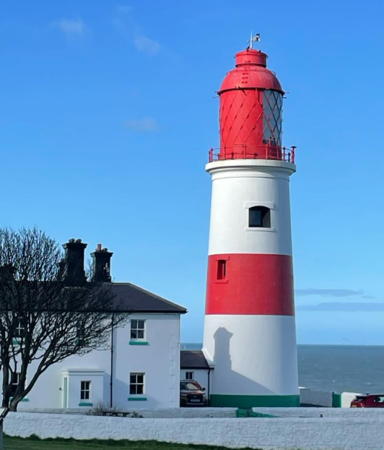
Souter Light, South Tyneside, March 2024
Instagram photo by Vicky Jeffries

